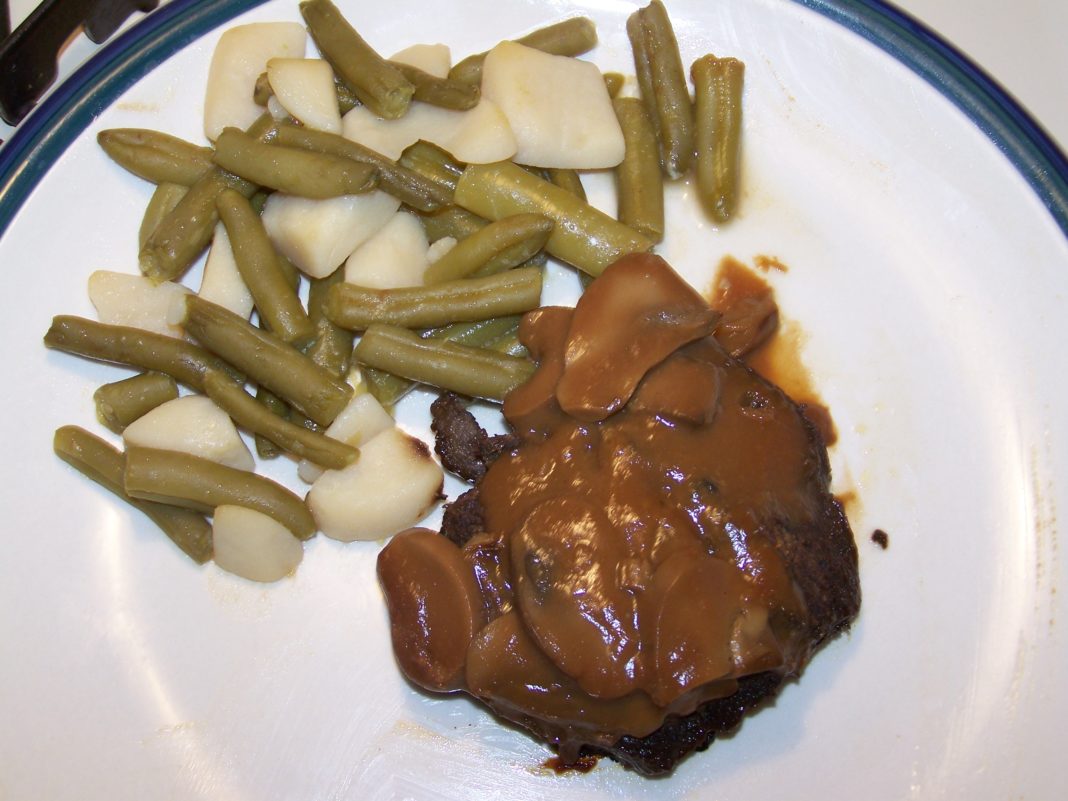Hunters are still looking for new ways to prepare venison for the table. There are even some who still do not like the taste of venison.
A good venison dish begins with the hunter. As soon as the deer is shot and what is done with it next plays a big role in how the venison will taste, either delicious or gamy. A deer has to be field-dressed, skinned and cooled-off as soon as possible. Even the amount of stress the animal received during recovery plays a part in how its meat will taste.
There are some things that can be done in the kitchen to help the taste of venison for those of you that are still uncertain about eating it:
- Do not overcook venison. Over cooking venison leads to dryness.
- Do not salt venison before cooking. Salt will remove juices.
- Trim off as much fat as possible from the meat before cooking. Any visible fat or silver skin should be removed as it adversely affects the flavor of the meat.
- Slow simmering in a sauce, basting often and cooking in a crock-pot will help keep the juices in the meat and prevent it from becoming tough and chewy.
- Consider moist-heat cooking like braising, even for steaks.
- Cover the meat with foil 5 to 10 minutes, that you have roasted, fried or grilled before serving to give the juices time to distribute evenly.
- A good venison recipe should always include another form of fat like butter, cooking oil, bacon or beef fat to add to the flavor.
If your venison has a strong and unpleasant taste, which is common with big bucks, and deer that have been shot in the gut, there are some things that can be done.
- Cook in sauces or gravies using long, slow cooking methods.
- Soak the meat in salt, vinegar and water for several hours to help remove the gamy taste.
- To help tenderize the meat use marinades.
- Try using combinations of thyme, parsley, garlic, onions, and soups, (I especially like dry onion soup mixes and cream of mushroom soups).
- Orange, lemon, tomato and grapefruit juice, vinegar, vinegar wine, Italian and French salad dressings, tomato sauce and soup, and stewed tomatoes can all be used for marinades.
And, the best thing about venison is that it is good for you. It is low in cholesterol, calories and fat. A 3-ounce serving of venison has about 139 calories, 62 grams of cholesterol and 5 grams of fat. The same serving of beef will have 223 calories, 77 grams of cholesterol, and 13 grams of fat.
Deer Burger Corn Casserole
1 ½ pounds ground venison
1 medium onion, chopped
3 cups egg noodles, cooked and drained
1 (15-oz.) can white kernel corn
1 (14 ½-oz.) can cream of chicken soup
1 teaspoon salt
Dash of pepper
Bread crumbs
Brown ground venison and onions together, drain. Cook noodles after meat is brown and onions are tender. Combine meat mixture, noodles, corn, soup, salt and pepper. Stir until mixed well. Sprinkle with bread crumbs. Bake at 350 degrees for 45 minutes.
Homemade Venison Jerky
1 4-pound venison roast
½ cup Worcestershire sauce
2 ½ teaspoons liquid smoke
2 teaspoons pepper
2 teaspoons garlic powder
2 teaspoons onion powder
1 teaspoon nutmeg
1 ¼ cup brown sugar
1/3 cup honey
2 teaspoons cayenne pepper
1 teaspoon crushed red pepper
Partially thaw the meat and slice ¼-inch or thinner strips of meat across the grain. Cut out any connective tissue, fat and sinew that is in the meat strips. Combine remaining ingredients in a saucepan and stir over low heat. Bring almost to a boil, remove from heat and let cool. In a large bowl put one layer of meat and spoon sauce to cover. Each new layer of meat should be covered with sauce when it is laid in the bowl. Make sure all meat is completely covered, cover and place in refrigerator for 24 to 48 hours. Stir the meat a couple of times while marinating. Dry in a dehydrator according to the directions of the dehydrator.



















![The Best Deer Camp Chili [VIDEO] Deer Chili Ingredients, Tomatoes, Chili Spices](/wp-content/uploads/2015/10/Deer-Chili-Deer-Camp-Recipe-218x150.jpg)
![How to Call Elk Early in the Season [VIDEO]](/wp-content/uploads/2016/08/byers003-218x150.jpg)




![Idiots Disturb Hunter: How Would You Have Handled It? [VIDEO]](/wp-content/uploads/2015/10/DSC00110-e1474487693878-100x70.jpg)
![Albino Buck Shocked to Shed His Antlers [VIDEO]](/wp-content/uploads/2015/10/AlbinoDeer-100x70.jpg)